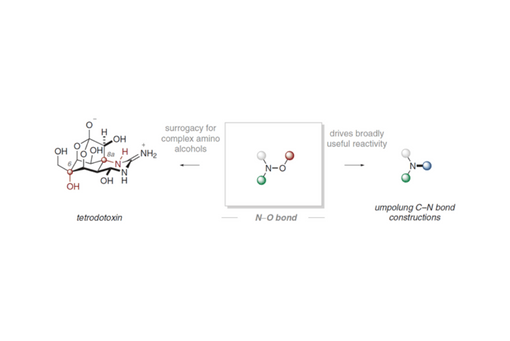Research Archive
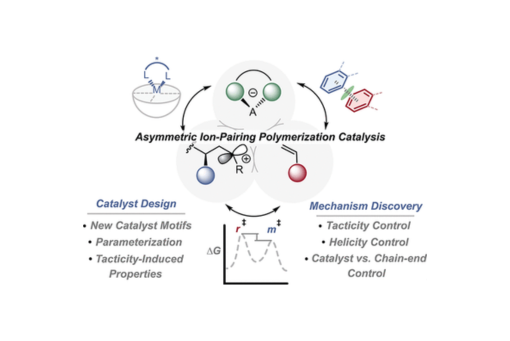
This Perspective outlines some of the challenges inherent to polymer stereocontrol as well as highlights recent catalyst development in the area of asymmetric ion-pairing that has enabled control of both the configuration and conformation of vinyl polymers.
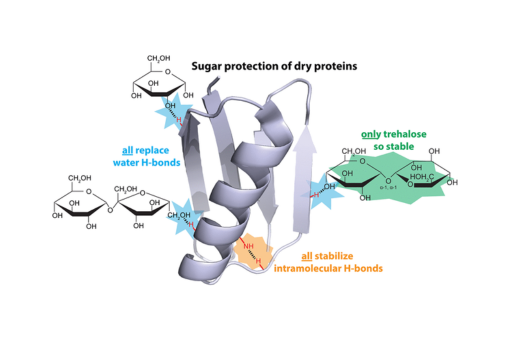
We employed liquid-observed vapor exchange nuclear magnetic resonance (LOVE NMR), differential scanning calorimetry (DSC), and thermal gravimetric analysis (TGA) to show how trehalose and other sugars protect two model proteins: the B1 domain of streptococcal protein G (GB1) and truncated barley chymotrypsin inhibitor 2 (CI2).
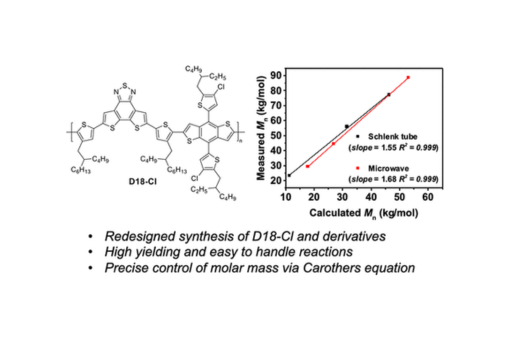
We redesigned the original synthetic scheme of D18, particularly the key monomer, 5,8-bis(5-bromo-4-(2-butyloctyl)thiophen-2-yl)dithieno[3′,2′:3,4;2″,3″:5,6]benzo[1,2-c][1,2,5]thiadiazole (Br2-T2-DTBT), and replaced a few key steps in the original scheme that were hard to reproduce and/or low yielding with simple to operate and high yielding reactions.

A personal perspective on the scientific and social dimensions of interactions with Herman Berendsen from 1969 through 2019 shows how his intellect and character had an influence beyond his laboratory.
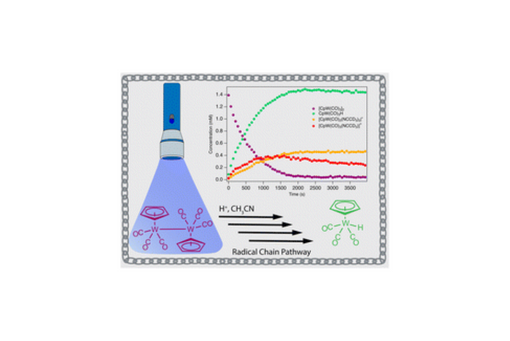
Here, we show that in the presence of pyridinium tetrafluoroborate, [CpW(CO)3]− reacts further to form a metal hydride complex CpW(CO)3H.
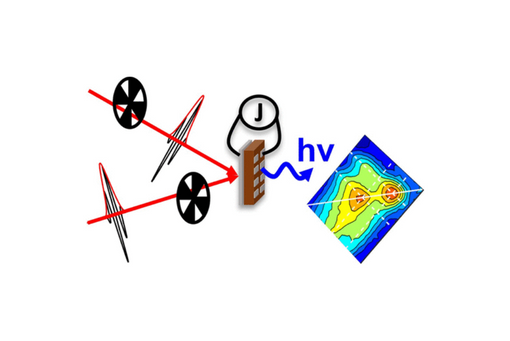
The class of action spectroscopies described in this Perspective leverages recombination-induced nonlinearities to distinguish lossy (fluorescence) and productive (photocurrent) processes within the active layers of photovoltaic cells.
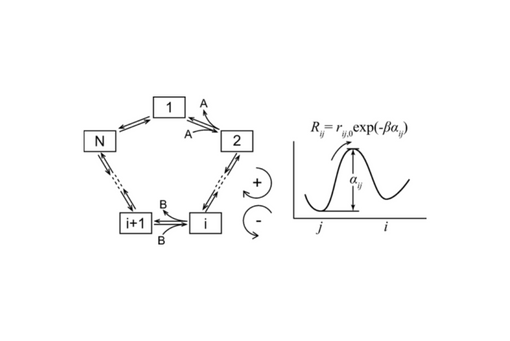
Using an alternative geometrical approach, under fast temperature oscillation, we derive a general design principle for obtaining the optimal catalytic energy landscape that can harness energy from a temperature-oscillatory bath and use it to invert a spontaneous reaction.
To improve the physiological relevance of such assays, we developed an assay format to track cellular movement throughout a uniform density of cells.
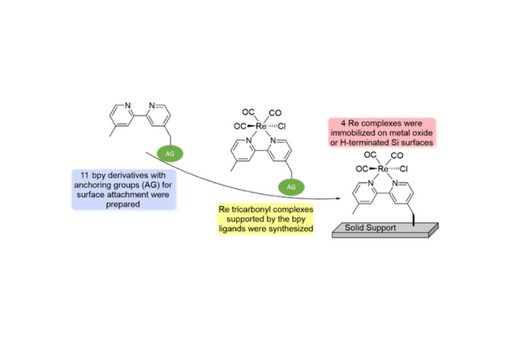
We report the synthesis of eleven 2,2′-bipyridine (bpy) ligands functionalized for covalent immobilization on either metal oxide or hydrogen-terminated silicon surfaces.
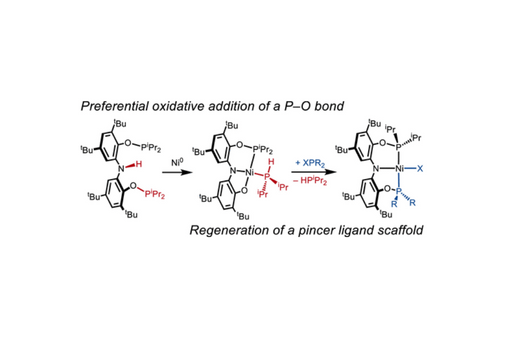
Herein, we report the preferential oxidative addition of a phosphinite P−O bond at Ni over an N−H bond and interrogate both the mechanism of this bond activation and the microscopic reverse reaction by reconstructing the P−O bond using phosphorus electrophiles.
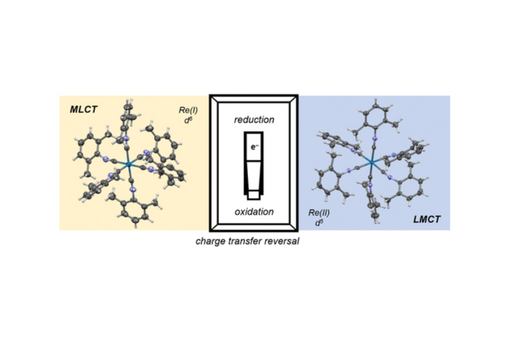
In the rhenium hexakis(arylisocyanide) complexes, [Re(CNAr)6]n+ (CNAr = 2,6-dimethylphenylisocyanide), the isocyanide ligands facilitate ligand-to-metal charge transfer transitions in the rhenium(II) species and metal-to-ligand charge transfer transition in the rhenium(I) species.


